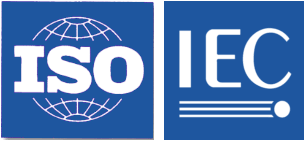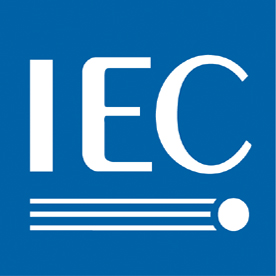Information technology. Automatic identification and data capture techniques. Data Matrix bar code symbology specification
SO/IEC 16022:2006 defines the requirements for the symbology known as Data Matrix. It specifies the Data Matrix symbology characteristics, data character encodation, symbol formats, dimensions and print quality requirements, error correction rules, decoding algorithm, and user-selectable application parameters.
It applies to all Data Matrix symbols produced by any printing or marking technology.
Data Matrix is a two-dimensional matrix symbology which is made up of nominally square modules arranged within a perimeter finder pattern. Though primarily shown and described in ISO/IEC 16022:2006 as a dark symbol on light background, Data Matrix symbols can also be printed to appear as light on dark.
Manufacturers of bar code equipment and users of the technology require publicly available standard symbology specifications to which they can refer when developing equipment and application standards. The publication of standardized symbology specifications is designed to achieve this.



